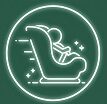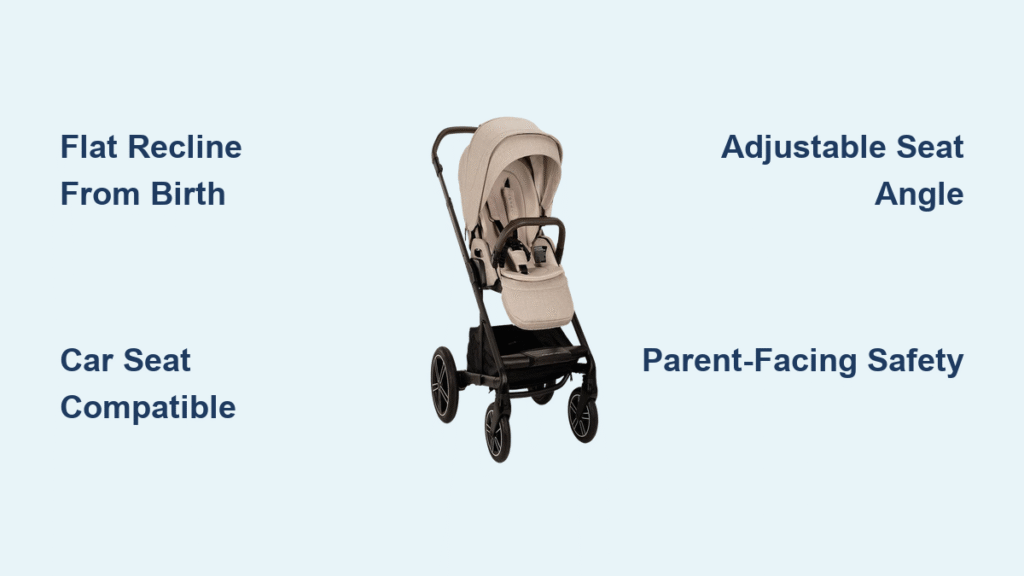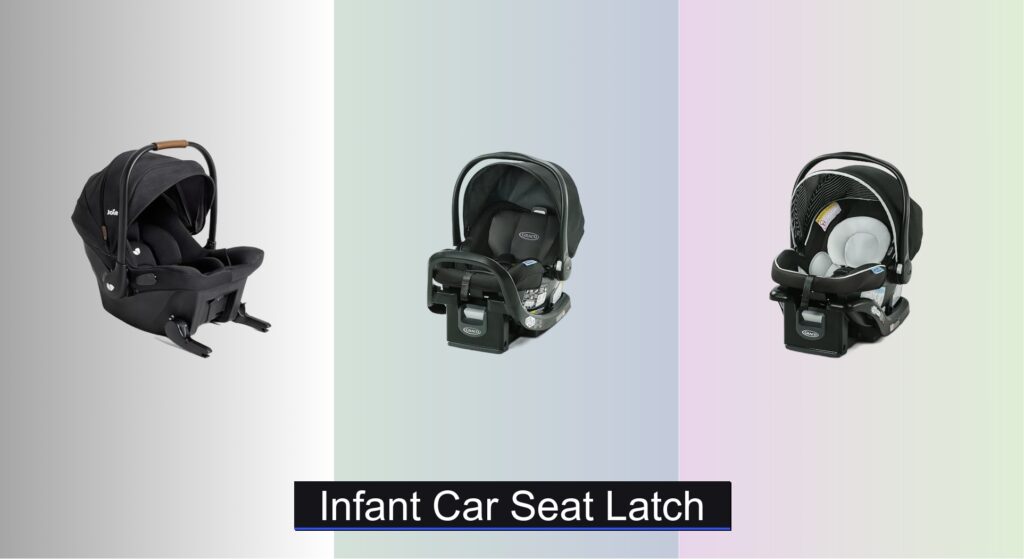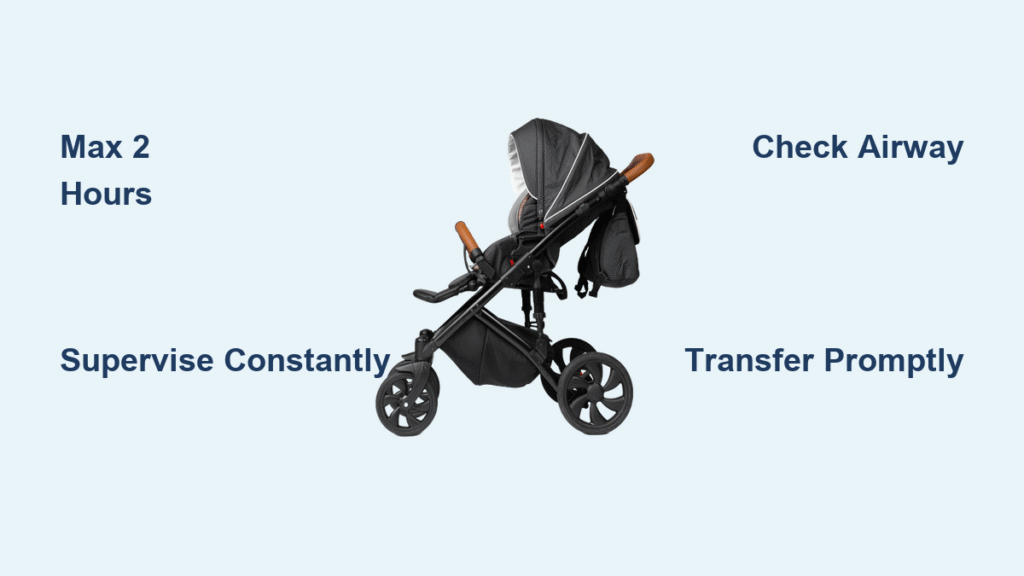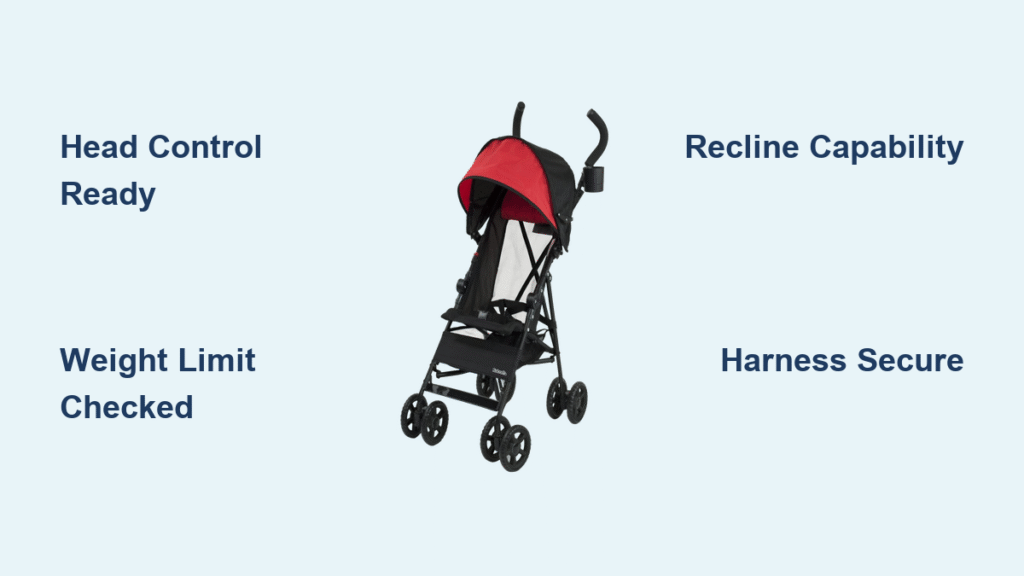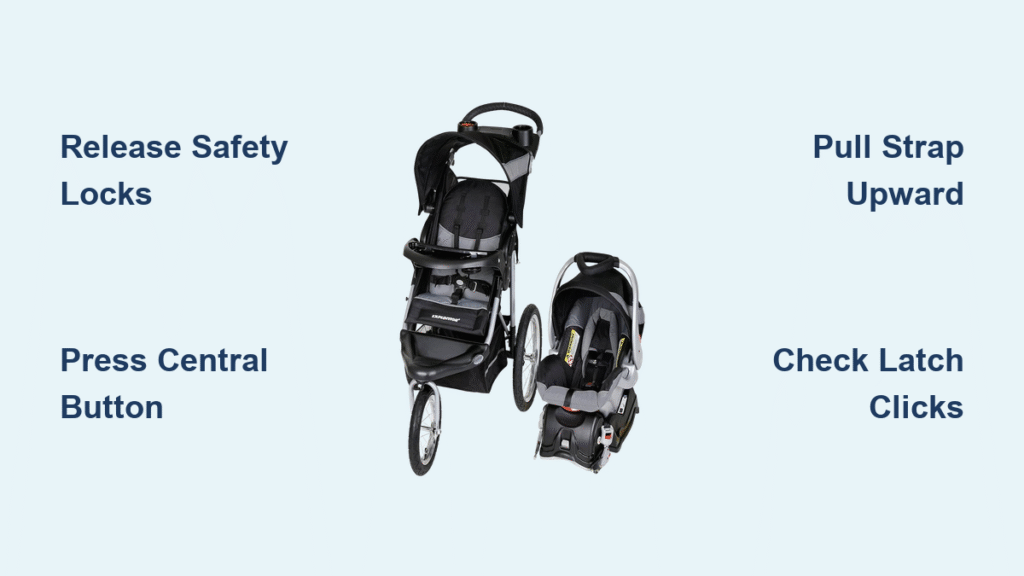You can start using your Nuna stroller with your newborn from the very first day—no waiting period required. Many new parents mistakenly believe they need to wait until their baby can sit up independently before using a stroller, but Nuna’s thoughtful design eliminates this concern entirely. The key to understanding when baby can sit in Nuna stroller lies in selecting the appropriate configuration for your infant’s developmental stage.
Nuna strollers like the popular MIXX Next model accommodate newborns immediately through multiple seating options that evolve as your child grows. Whether you’re heading to the pediatrician’s office or taking your first family stroll, you’ll discover that proper positioning—not waiting for sitting ability—determines safe stroller use from birth through toddlerhood.
Newborn Stroller Readiness: Day One Options
Flat Recline Position for Immediate Use
Your Nuna stroller seat reclines to a near-flat position that’s perfectly safe for newborns right from birth. This feature means you don’t need to purchase additional accessories if you prefer using the main seat instead of a car seat or bassinet. The magnetic self-guiding harness system keeps your newborn secure even in the fully reclined position, preventing any dangerous sliding that could compromise breathing.
Unlike many strollers that require waiting until babies develop head control, the Nuna’s deep seat design and multiple recline settings provide proper spinal alignment for infants who can’t yet sit up. Always ensure the seat is in its most reclined position when using it with newborns under 6 months to maintain an open airway.
Three Safe Configurations for Newborns
- Fully reclined stroller seat: Use immediately from birth with no additional purchases required
- Bassinet attachment: Creates a dedicated sleeping space ideal for frequent naps during outings
- Car seat travel system: Snap your Nuna infant car seat directly onto the stroller frame for seamless transitions
Each configuration safely addresses the critical question of when baby can sit in Nuna stroller by providing appropriate support for delicate newborn bodies. The car seat option is particularly valuable for parents who want to avoid waking a sleeping baby during car-to-stroller transfers.
Understanding Nuna’s Weight and Age Specifications

Birth to Toddler Capacity Details
Nuna strollers accommodate babies from birth (0 pounds) all the way through toddlerhood with a maximum weight capacity of 50 pounds. This impressive range means your stroller will serve your family for approximately 4-5 years without needing replacement. The standard 2-year manufacturer’s warranty provides peace of mind during your child’s most rapid growth phases.
Unlike some strollers that require conversion kits or have limited newborn capabilities, Nuna’s design works seamlessly across all developmental stages. The key isn’t waiting for your baby to sit up but rather adjusting the seat configuration to match their current physical abilities.
Safe Newborn Positioning Features
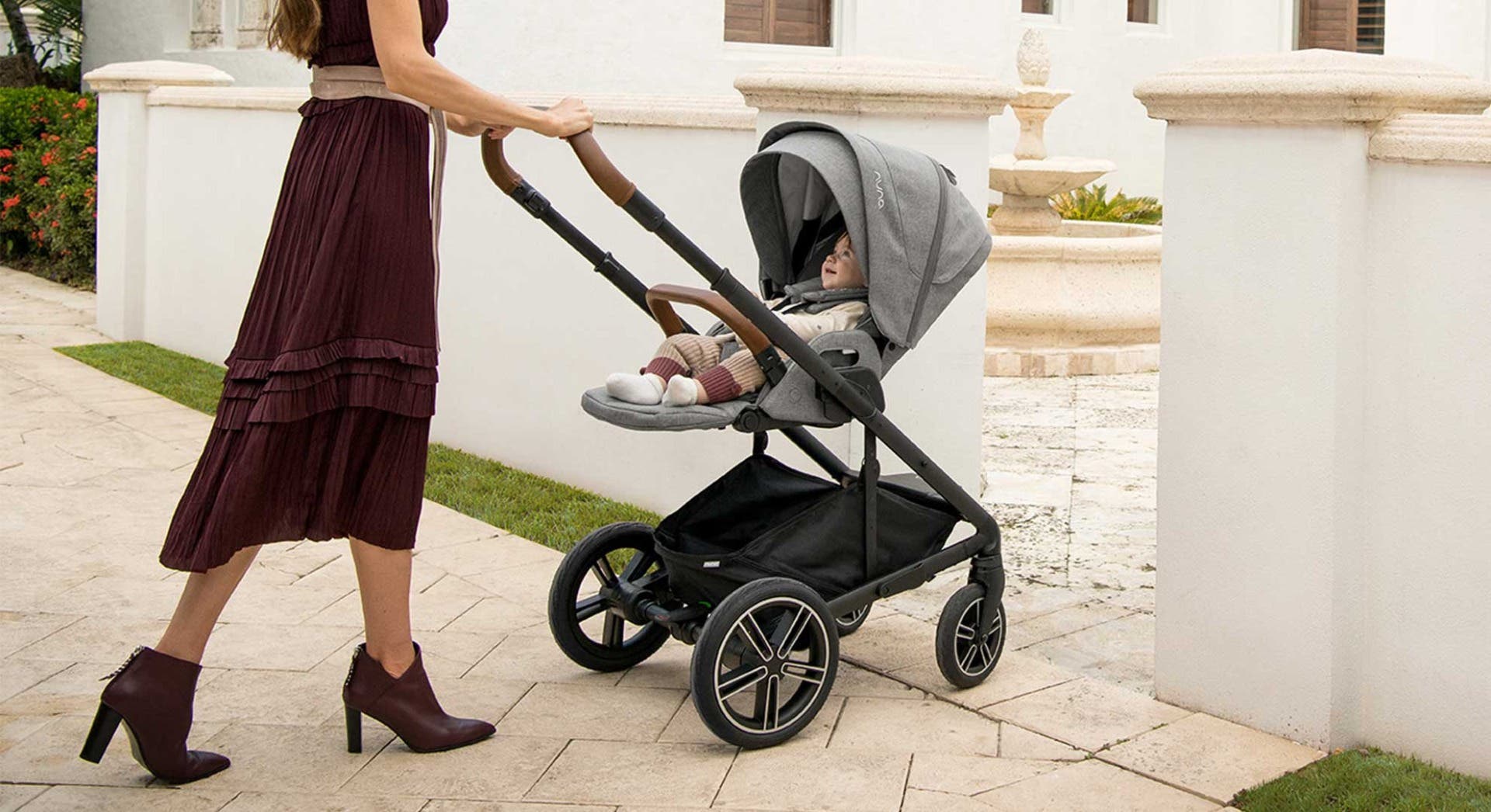
Recline Position Safety Protocols
Newborns must remain in the fully reclined position or use an approved car seat/bassinet attachment until they develop sufficient neck control. Placing infants under 6 months in an upright position—even for short periods—can restrict their airways and create breathing difficulties. The Nuna’s multiple recline settings allow you to maintain the near-flat position essential for newborn safety.
As your baby approaches 6 months and demonstrates strong head control during tummy time, you can gradually increase the seat angle by about 15 degrees at a time. Monitor your baby’s comfort during these transitions—signs of discomfort include arching the back or fussing when the angle changes.
Harness Adjustment Guidelines by Age
- Newborn setting: Tightest harness position with chest clip at armpit level
- Monthly checks: Adjust harness as baby grows to maintain snug fit
- Magnetic buckles: Listen for proper engagement clicks before moving
- Two-finger test: One adult finger should fit between harness and baby’s chest
Proper harness adjustment is critical for safety at every stage. Many parents make the mistake of loosening the harness too soon, compromising security. The magnetic self-guiding system simplifies this process while ensuring proper positioning.
When to Transition Seat Angles: Developmental Milestones
Reading Your Baby’s Readiness Signs
Around 6-8 months, most babies develop the trunk control needed for more upright seating positions. Key indicators include sitting with minimal support during playtime, maintaining head stability when pulled to sitting, and showing interest in looking around rather than just at you.
Never rush this transition—keep your baby in the more reclined position until they consistently demonstrate these abilities. The reversible seat design allows you to maintain parent-facing orientation while gradually increasing the angle, giving you direct visual access to monitor comfort.
Parent-Facing vs Forward-Facing Timeline
Keep your baby parent-facing until they can sit unsupported for at least 15-20 minutes. This positioning provides comfort through visual contact and allows you to monitor breathing patterns. Once your baby shows strong sitting ability and increased environmental awareness (typically 6-8 months), you can safely switch to forward-facing orientation.
The Nuna’s reversible seat makes this transition effortless with just a few simple adjustments. Many parents appreciate being able to switch directions based on their baby’s mood—parent-facing for fussy moments, forward-facing for alert exploration.
Travel System Integration Benefits
Seamless Car Seat Compatibility
All Nuna infant car seats work perfectly with the MIXX Next stroller through the unique ring adaptor system. This one-handed attachment mechanism enables smooth transitions between car and stroller—crucial when managing a squirming baby solo. The system requires no base for car installation, adding flexibility for travel or multiple vehicles.
A mother testing the system with her 2-month-old reported: “The transition from car seat to stroller takes under 30 seconds. I can unclip the car seat and snap it into the stroller frame while holding my diaper bag. The one-handed operation is a game-changer for solo errands.”
Real-World Usage Timeframes
- Initial assembly: Approximately 1 hour for complete travel system setup
- Daily transitions: Under 30 seconds between car seat and stroller seat
- Adaptor installation: Permanent once attached, no daily setup required
This efficient system directly addresses when baby can sit in Nuna stroller by allowing immediate use of the car seat configuration from birth, eliminating the need to wait for sitting ability.
Age-Specific Usage Guidelines for Safety
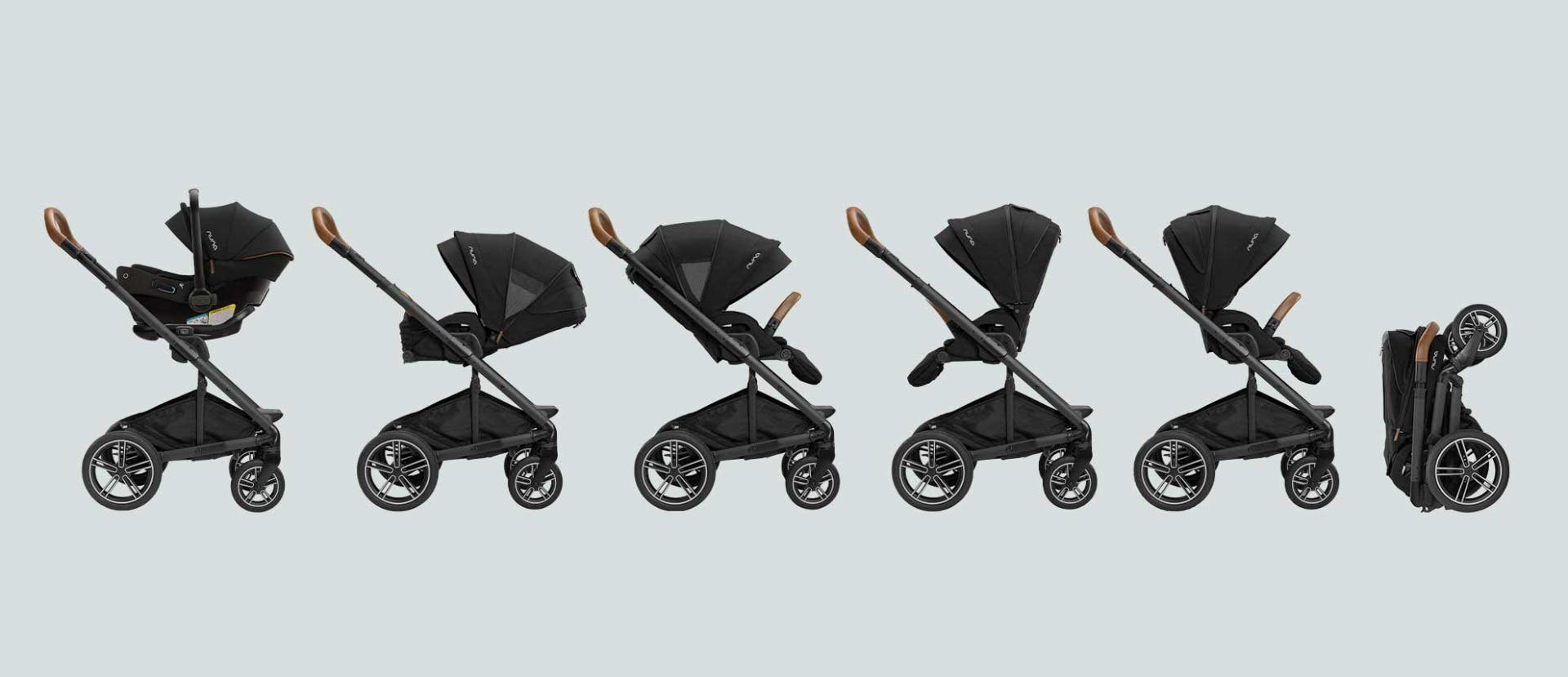
0-6 Months: Newborn Positioning Essentials
During your baby’s first six months, always use the stroller seat in its most reclined position or with the infant car seat attached. Newborns lack the neck strength to maintain an open airway in upright positions, making proper recline critical for safety. The UPF 50+ canopy with ventilation panels provides essential sun protection while ensuring adequate airflow for delicate newborn skin.
Check the seat surface temperature before placing your baby inside during hot weather—dark fabrics can become surprisingly hot even on mild days. The reversible seat design lets you quickly adjust sun exposure without moving the entire stroller.
6-18 Months: Gradual Position Adjustments
As your baby approaches 6 months and develops sitting ability, you can gradually increase the seat angle while maintaining parent-facing orientation. Introduce the forward-facing option once your baby shows consistent interest in their surroundings and can sit unsupported.
The adjustable calf support becomes increasingly valuable during this stage, providing proper leg positioning as your baby grows taller. Monitor for signs of discomfort like leg kicking or attempts to slide down, which indicate the need for calf support adjustment.
Maximizing Your Nuna Stroller’s Long-Term Value
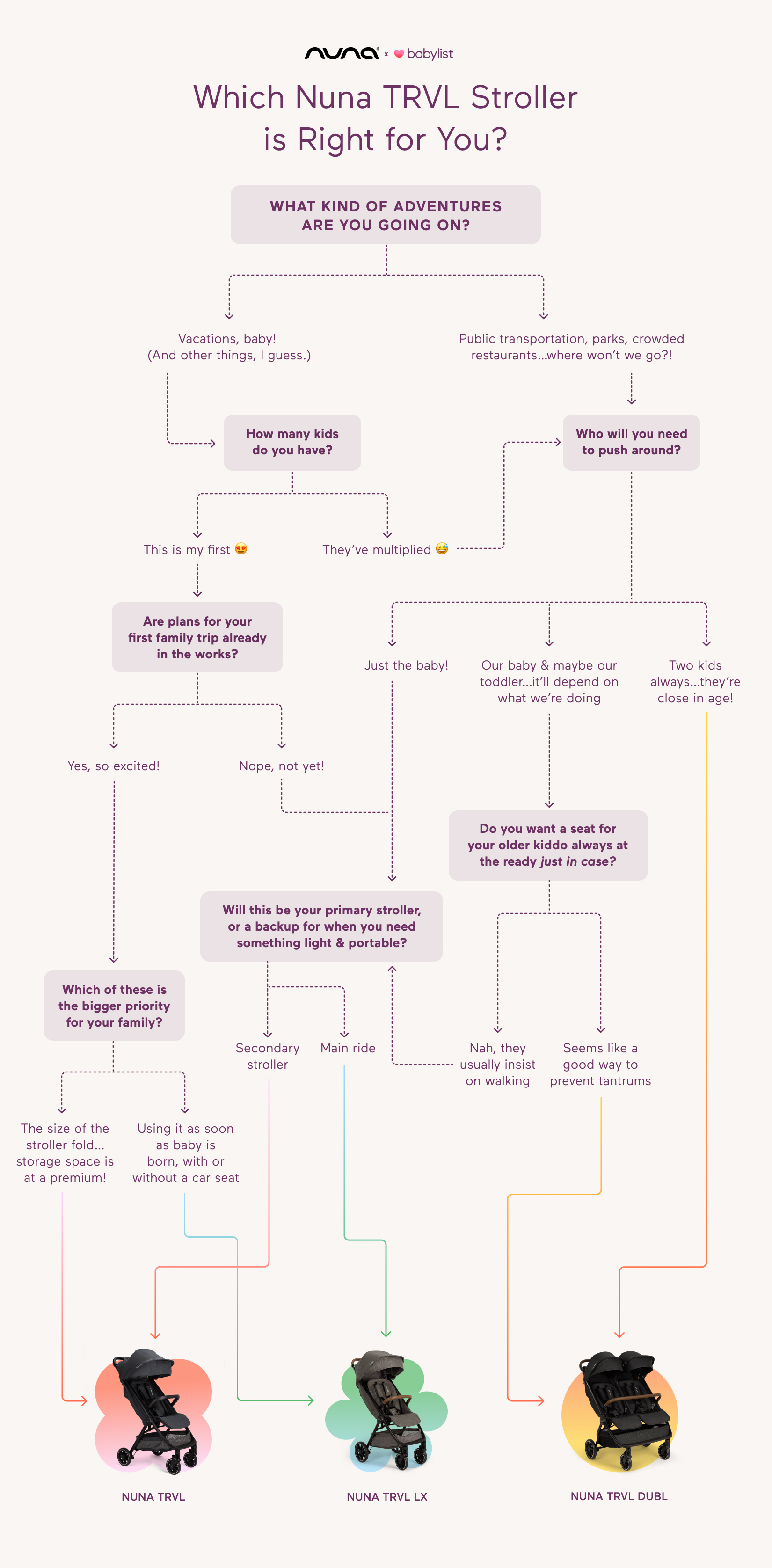
Birth to Toddler Evolution Strategy
Your Nuna stroller adapts through every developmental stage:
Stage 1 (Birth-6 months): Flat recline or car seat mode, parent-facing orientation, maximum sun protection
Stage 2 (6-18 months): Gradual seat elevation, introduction of forward-facing option, adjustable calf support usage
Stage 3 (18+ months): Full upright seating, 50-pound weight capacity usage, second child compatibility
This seamless evolution means you’ll never need to purchase a separate toddler stroller. The same frame that carried your newborn comfortably will support your preschooler on neighborhood adventures.
Maintenance for Multi-Child Longevity
Following Nuna’s cleaning and maintenance instructions preserves your stroller’s condition for multiple children. Regular wheel lubrication and fabric cleaning maintain smooth operation and appearance, significantly increasing resale value when you’re ready to pass it along.
The universal wheeled transport bag (sold separately) provides essential travel protection and extends warranty coverage by one year for travel-related damage. Investing in proper care ensures your stroller remains safe and functional through every stage of when baby can sit in Nuna stroller.
Essential Accessories for Extended Functionality
Must-Have Add-Ons by Stage
- Cup holder: Crucial for parent hydration during long walks with newborns
- Stroller organizer: Keeps diaper bag contents accessible while managing multiple configurations
- Transport bag: Protects during air travel or extended storage between children
These accessories enhance your stroller’s functionality across all developmental stages, from newborn to toddler. The right accessories make transitions between configurations smoother and preserve your investment for future use.
Key Takeaway: Your Nuna stroller works safely from birth through toddlerhood—no waiting required. The secret to understanding when baby can sit in Nuna stroller is matching the configuration to developmental stage: flat recline for newborns, gradual elevation as they grow, and full upright seating for toddlers. With proper use and maintenance, one Nuna stroller serves your family for years, adapting seamlessly as your child grows from a newborn who can’t sit up to a confident toddler exploring the world upright. Always prioritize proper positioning over chronological age, and your stroller will provide safe, comfortable transportation through every stage of early childhood.
